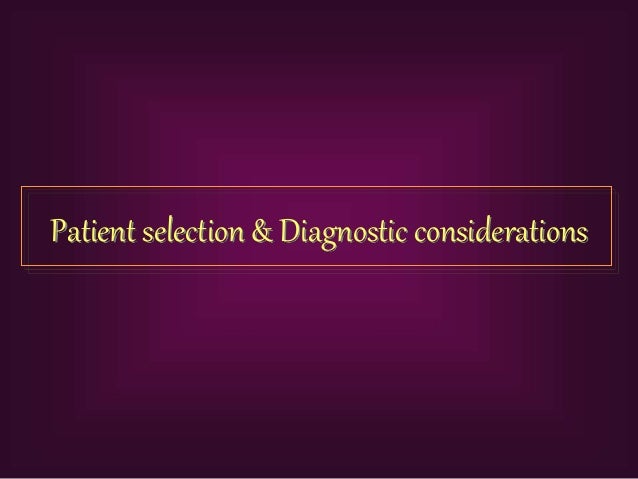Api Rp 1102 7th Edition
RP 1102, Steel Pipelines Crossing Railroads and Highways, 7th Edition, December 2007 Errata 5, March 2014 (includes changes from Errata 1–4) Std 1104, Welding of Pipelines and Related Facilities, 21st Edition, September 2013 Addendum 1, July 2014; Errata 4, November 2015 (includes changes from Errata 1–3) Addendum 2, May 2016. This Recommended Practice is under the jurisdiction of the API Executive Committee on Drilling and Production Operations and was developed in cooperation with the Offshore Operators Committee. Detailed requirements for the design and construction of offshore cranes are given in API Specification 2C Specification for Offshore Cranes (latest. The information contained in chapter 7 Sizing is based on following edition of codes and standards: Code / Standard Edition ASME Section VIII 2008 ASME Section I 2008 API RP 520 2000 API 521 2007 ISO 4126-1 2004 TRD 421 1998 TRD 721 1997 AD Merkblatt 2000-A2 2006 Table 7.1.1-1: Sizing standard edition.
ND13 'Reduce Transmission Pipeline Risk through Design and Location of New Utilities and Related Infrastructure' Practice Statement Utilities (both above and below ground) and related infrastructure should be preferentially located and designed to reduce the consequences that could result from a transmission pipeline incident and to reduce the potential of interference with transmission pipeline maintenance and inspections. Audience(s):, Practice Description Utilities that cross and/or parallel transmission pipelines should be developed in close cooperation with the pipeline operator to avoid costly relocation of the pipeline or potential conflict with pipeline operations and maintenance. Items to consider include:.
The transmission pipeline's horizontal and vertical orientation must be considered, including any offset distance required by the transmission pipeline operator. Utilities crossing the transmission pipeline should be designed so they do not interfere with the pipeline, including its cathodic protection, and should assure the transmission pipeline operator has access to the pipeline. To the extent possible, design and construction of underground utilities and related infrastructure should try to minimize potential 'migration paths' that could allow leaks from the pipeline to migrate to buildings. Coordination with the transmission pipeline operator during planning and construction is critical, especially given the history of transmission pipeline incidents associated with utility installation and maintenance. References.
Api Rp 54

Navigate to Other Practices:. Baseline (BL) Recommended Practices:. New Development (ND) Recommended Practices: ND13.